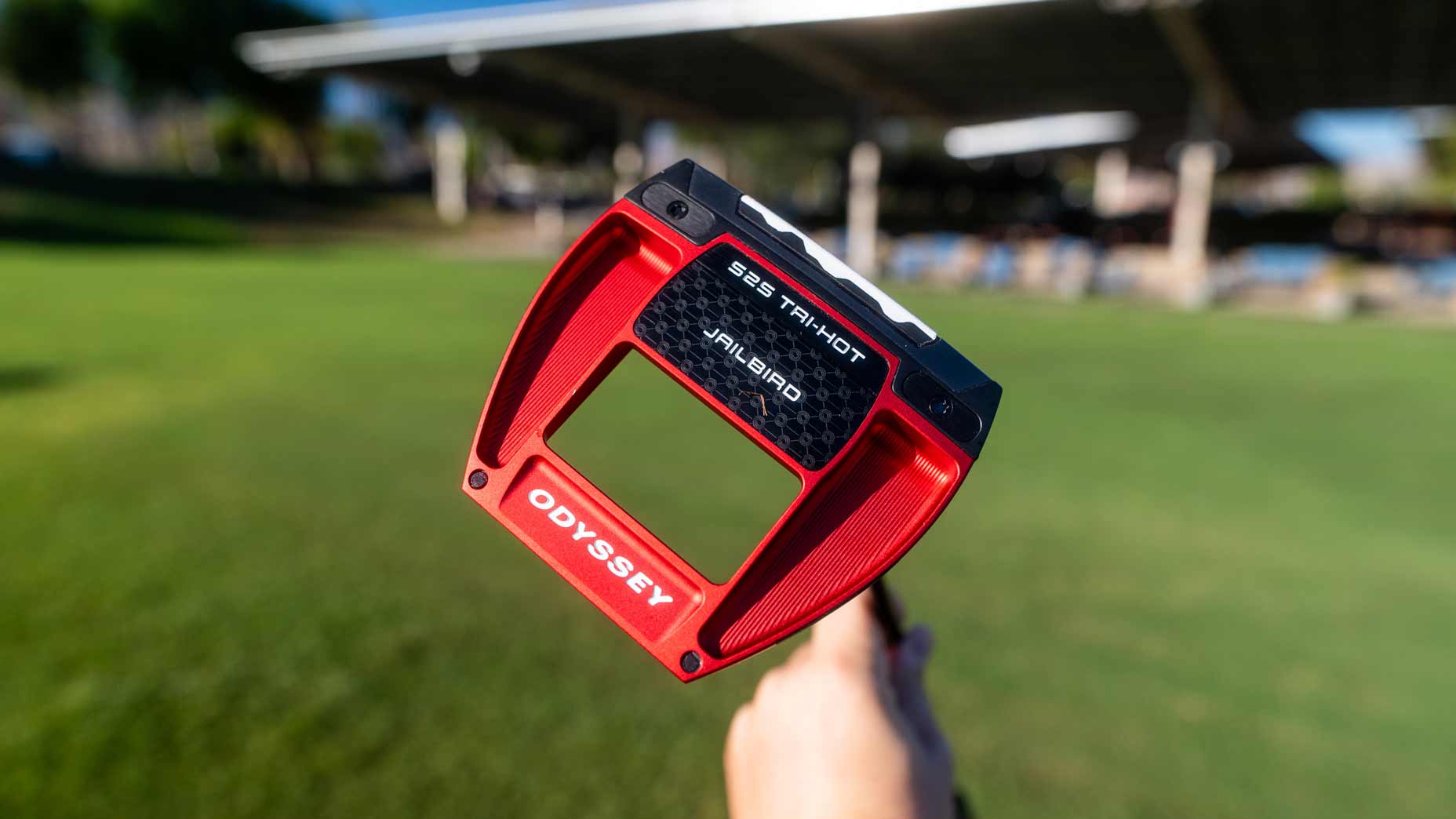Each month, we tap experts from the equipment industry to answer your most commonly asked questions. In this installment, Sean Toulon, Senior Vice President of Callaway Golf and General Manager of Odyssey Golf, explains the best ways to find the perfect putter for your game.
The place to start when looking for a new putter that matches your stroke is the weighting—is the putter “toe down” or “face balanced”?
If you balance the shaft of a toe-down putter on your finger, the toe will hang down toward the ground; conversely, the face of a face-balanced mallet will point up toward the sky. A toe-down-weighted putter will tend to rotate much more during the stroke than a face-balanced model, which tends to stay fairly square to the target line.

To choose between these two basic designs, you need to understand your miss bias. Generally, if a player misses to the left a lot, the putter is over-rotating through impact, which means that they player would probably be better off with a face-balanced model. On the other hand, if a player usually misses to the right, the putter probably isn’t rotating enough, and they should select a toe-down model, which features more rotation. There are always anomalies and exceptions, but I’ve found this to be pretty consistent.
Counterbalanced putters, which are growing in popularity, are a great design for those who struggle to keep their right hand stable during the stroke. Another consideration is weight—if you struggle with distance control, a heavier putter is a good option. Finally, unless you’re an accomplished player or pro, I highly recommend a mallet design rather than a blade, regardless of your stroke type. Today you can find mallets that come with both face-balanced and toe-down options that can fit any type of stroke, and for most players, the MOI and stability they provide creates a better roll and superior accuracy.





